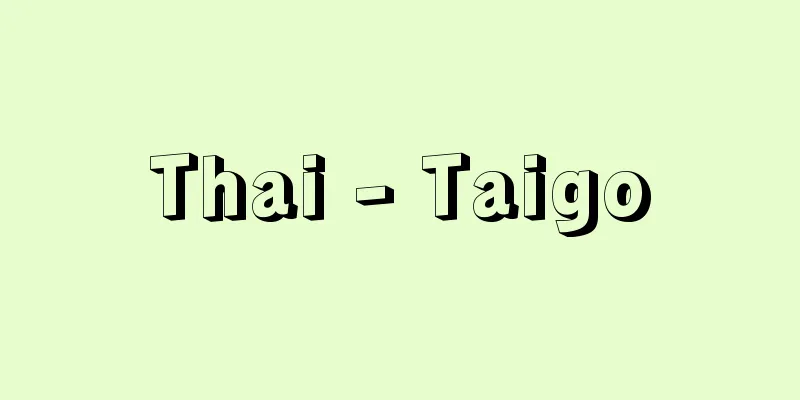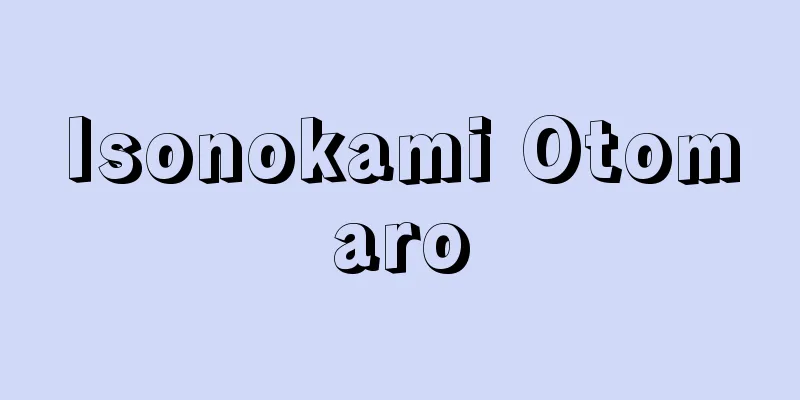Thai - Taigo

|
Thai is the national and official language of Thailand, spoken by approximately 40 million people. However, standard Thai is spoken in daily life in only about one-third of the country's area and population, and various large and small dialects of Thai and minority languages of different origins are used elsewhere. In a broad sense, Thai includes the Thai-based languages found not only in Thailand but also in Laos, Vietnam, southwestern China, Myanmar (Burma), and the Assam region of India. In terms of lineage, it is generally believed to be part of the Sino-Tibetan language family, but there are also alternative theories that link it to the Austronesian language family. Thai is originally a monosyllabic tonal language, consisting of "vowel only", "vowel + consonant", "consonant + vowel" and "consonant + vowel + consonant" patterns, with five tones (pitch accents). There are 21 consonants (9 at the end of syllables) and 9 vowels (plus 3 diphthongs). There are also many polysyllabic words due to the influence of loanwords. Thai has its own characters, which were created at the end of the 13th century based on the Old Cambodian characters of South India. There are 44 consonants (two of which are obsolete), 32 vowels, and four tone marks, and syllables are created by combining vowels around a consonant as appropriate. The characters are written horizontally from left to right without breaks in the word. There is a slight discrepancy between the orthography and the pronunciation. In addition to Arabic numerals, native Thai numerals are used for numbers. Grammatically, it has an isolating word structure, with nouns and pronouns that do not change in form, and verbs and adjectives that do not conjugate. Auxiliary verbs and particles may be used, but basically the word order determines the grammar. The order is "subject + predicate + object" and "modified word + modifier". The word order does not change even in questions. Negative words are placed before the word that is negated. Classifiers (counters) are needed when counting, referring to or modifying nouns. The word order is "horse-three-pieces", "horse-pieces-this", and "horse-pieces-white". Demonstratives follow the system of kore, sore, are, dore. About two-thirds of the words are loanwords, including Indian Sanskrit and Pali, Cambodian, Malay, and Chinese. The importance of Indian languages in particular is the same as that of Chinese characters in Japanese. The words tend to be analytical, with "tears" being said as "eye water" and "fruit" as "tree fruit." The names for relatives are unique, with four words for "grandparents": "father's father," "father's mother," "mother's father," and "mother's mother," while "siblings" are expressed as two words: "older brother/older sister" and "younger brother/younger sister." There is a wealth of respectful expressions, and personal pronouns are used according to rank and gender. Another distinctive feature of this language is the large number of reduplications (repetition of words). [Matsuyama Nori] Source: Shogakukan Encyclopedia Nipponica About Encyclopedia Nipponica Information | Legend |
|
タイ国の国語・公用語をさし、使用人口は約4000万人である。ただし、標準タイ語を日常生活語に用いる範囲は面積・人口とも全土の3分の1ほどで、それ以外ではタイ語の大小の方言や系統の異なるさまざまな少数民族語が用いられている。タイ語を広義にとると、タイ国のみならずラオス、ベトナム、中国南西部、ミャンマー(ビルマ)およびインドのアッサム地方に分布するタイ系諸言語を包括する。系統的にはシナ・チベット語族に入れるのが通説であるが、オーストロネシア語族に関係づける異説もある。 タイ語の構造は、発音上は本来単音節の声調語であって、「母音だけのもの」「母音+子音」「子音+母音」および「子音+母音+子音」の型からなり、これに5種の声調(高低アクセント)が加わる。子音の数は21(音節末では9)、母音は9(ほかに二重母音3)ある。なお、借用語の影響による多音節語も少なくない。 タイ語は固有の文字をもつが、13世紀末に南インド系の古カンボジア文字を模してつくられたものである。44(うち二字は廃字)の子音字と32の母音字と4個の声調符号があり、子音字を中心に適宜上下左右に母音字を組み合わせて音節をつくる。文字は左から右へ語の切れ目なしに横書きする。正書法と発音の間には多少のずれがある。数字はアラビア数字のほか固有のタイ数字が用いられる。 文法上は孤立語的構造を有し、名詞、代名詞は語形変化することなく、動詞、形容詞も活用しない。助動詞や助詞を使うこともあるが、基本的には語順が文法を決める。「主語+述語+目的語」および「被修飾語+修飾語」の順をとる。疑問文でも語順は変わらない。否定詞は否定される語の前につける。名詞を数えたり、さしたり、修飾する場合は類別詞(助数詞)が必要である。その語順は「馬・三・匹」「馬・匹・此」および「馬・匹・白」となる。指示詞はコレ、ソレ、アレ、ドレの体系をもつ。 単語は約3分の2は借用語で、インドのサンスクリット、パーリの両語、カンボジア語、マレー語、中国語などで占められる。とりわけインド語の重要性は、日本語における漢語の役割と同じである。単語は分析的傾向があり、「涙」は〈目の水〉、「果物」は〈木の実〉のようにいう。親族名称は独特で、「祖父母」は〈父の父〉〈父の母〉〈母の父〉〈母の母〉の四語があり、一方「きょうだい」は〈兄・姉〉と〈弟・妹〉の二語で表す。敬譲表現が豊富で、人称代名詞は身分の上下、男女の使い分けがある。畳語(語の繰り返し)が多いのもこの言語の特色の一つである。 [松山 納] 出典 小学館 日本大百科全書(ニッポニカ)日本大百科全書(ニッポニカ)について 情報 | 凡例 |
>>: Taiko (English) drum English
Recommend
Responding body - King
A Buddhist term. A Chinese translation of the San...
Catalan hymn - Cataloniasanka
…In 1935 he became a socialist, and wrote a repor...
Fringe-tree
...Other species of unknown and rare trees are al...
Foreign bank userance - Gaigin userance
In the case of a foreign exchange bank, funds are ...
Liu Shipei - Ryushibai
A modern Chinese scholar and revolutionary. His c...
Common Happiness - Kyodo no Koufuku
...Since ancient Greece, it has been one of the f...
El Dia - El Dia
…His father, Lorenzo Valle, was a soldier of the ...
Andragoras - Andragoras
…Arsaces I (r. 247-217 or 214 BC) led the Parnoi,...
Masao Yamakawa
Novelist. Born in Tokyo. Real name Yoshimi. Gradu...
Recklinghausen, EDvon (English spelling) RecklinghausenEDvon
…It is a disease in which neurofibromas occur mul...
Volkstheater
…For example, there is theater. There is a lineag...
Ereğli (English spelling)
...Turkey's largest coalfield (annual product...
Astronomical time - Tenmonji
In a broader sense, it refers to a time system de...
Willmsen, JF - Willmsen
...Feminist literature also emerged in the 1970s,...
stargazer
...In some regions, they have a pair of powerful ...









